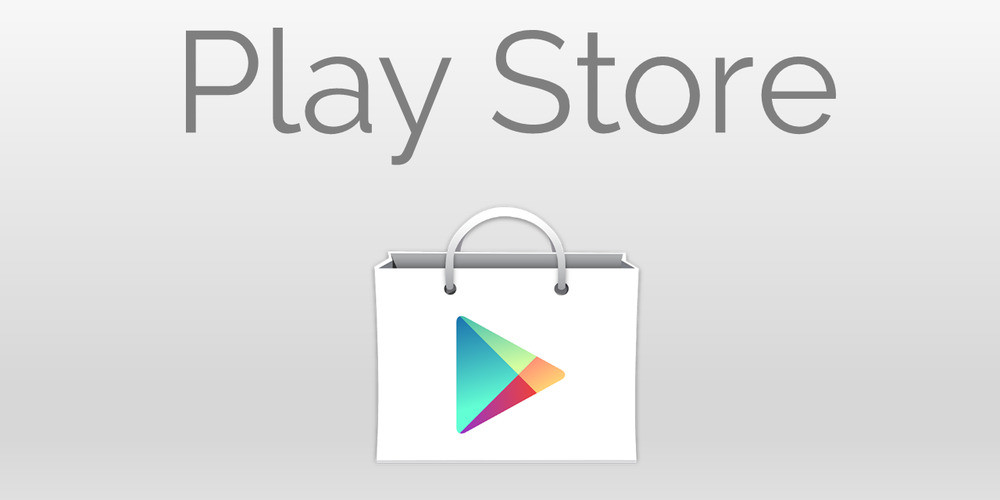Google Raises Play Store App Price Limit to a Whopping $1,000

If you thought some apps on the Google Play Store were pricey, brace yourself: Google has now raised the maximum price limit for apps to a staggering $1,000. Announced at Google I/O, this move represents a 150% increase from the previous cap of $400. While it’s unlikely you'll see most apps hitting that ceiling, the change opens up new possibilities for premium and enterprise-level software.
Google Play has come a long way since its inception, offering a vast array of apps across various categories. With over three billion monthly active Android devices—including smartphones, smartwatches, and even smart TVs—the ecosystem has matured significantly. This growth in user base and device diversity is likely a key reason behind Google's decision to increase the price cap.
The impact of this change will be felt most by developers who have been waiting to charge more for their high-value apps or services. Novelty apps that cater to a niche market eager to flaunt their spending power might take advantage of the new pricing limit. Enterprise software, particularly those offering yearly subscriptions, could also find this change beneficial, though examples might be rare.
To support these higher-priced transactions, Google Play has been expanding its billing tools and payment options. One notable addition is the installment subscription feature, introduced at I/O. This allows users to pay for long-term subscriptions over time rather than in one lump sum. Early data suggests this has already led to an 8% increase in subscription sign-ups and a 4% boost in user spending.
Google's updated pricing policy could mean more revenue for the tech giant, as developers using Google Play’s billing system are subject to service fees. For the first $1 million in annual earnings, the fee is 15%. Once earnings exceed that threshold, a 30% fee applies to the remainder. As developers explore the new pricing possibilities, Google stands to benefit significantly, although it remains to be seen how many will actually set their prices close to the new $1,000 limit.
In conclusion, Google’s decision to raise the Play Store app price limit to $1,000 reflects the platform's evolution and its expanding capabilities. While most apps won’t reach this new ceiling, it provides more flexibility for developers of premium and enterprise-level software. With enhanced billing tools and payment options, both users and developers could see a variety of new opportunities, making the Google Play ecosystem even more dynamic and robust.
Latest posts
See more-
![The Last of Us Part II: In-Depth Character Analysis and Storyline Exploration]() Editor’s Choice
2024-08-11
The Last of Us Part II: In-Depth Character Analysis and Storyline Exploration
The Last of Us Part II is an action-adventure video game that has gained significant popularity since its inception. Developed with immense creative prowess by...
Editor’s Choice
2024-08-11
The Last of Us Part II: In-Depth Character Analysis and Storyline Exploration
The Last of Us Part II is an action-adventure video game that has gained significant popularity since its inception. Developed with immense creative prowess by...
-
![CrossCode Developer Announces Alabaster Dawn, Enters Early Access in Late 2025]() News
2024-08-12
CrossCode Developer Announces Alabaster Dawn, Enters Early Access in Late 2025
In 2021, Radical Fish Games initially introduced a new action RPG titled Project Terra. Now, they have officially named it Alabaster Dawn and announced that...
News
2024-08-12
CrossCode Developer Announces Alabaster Dawn, Enters Early Access in Late 2025
In 2021, Radical Fish Games initially introduced a new action RPG titled Project Terra. Now, they have officially named it Alabaster Dawn and announced that...
-
![Alabaster Dawn Planned to Have 30-60 Hours of Playtime, Demo Launching in Early 2025]() News
2024-08-13
Alabaster Dawn Planned to Have 30-60 Hours of Playtime, Demo Launching in Early 2025
Radical Fish Games has made an exciting announcement regarding their upcoming action RPG, Alabaster Dawn, which is set to enter early access in 2025. In...
News
2024-08-13
Alabaster Dawn Planned to Have 30-60 Hours of Playtime, Demo Launching in Early 2025
Radical Fish Games has made an exciting announcement regarding their upcoming action RPG, Alabaster Dawn, which is set to enter early access in 2025. In...
Latest Reviews
See more-
![]() Action
Cult of the Lamb
Action
Cult of the Lamb
-
![]() Action
WILD HEARTS™
Action
WILD HEARTS™
-
![]() Casual
Gacha Club
Casual
Gacha Club
-
![]() Action
Call of Duty®: Warzone™ 2.0
Action
Call of Duty®: Warzone™ 2.0
-
![]() Action
Gacha Cute
Action
Gacha Cute
-
![]() Action
Cuphead - The Delicious Last Course
Action
Cuphead - The Delicious Last Course










